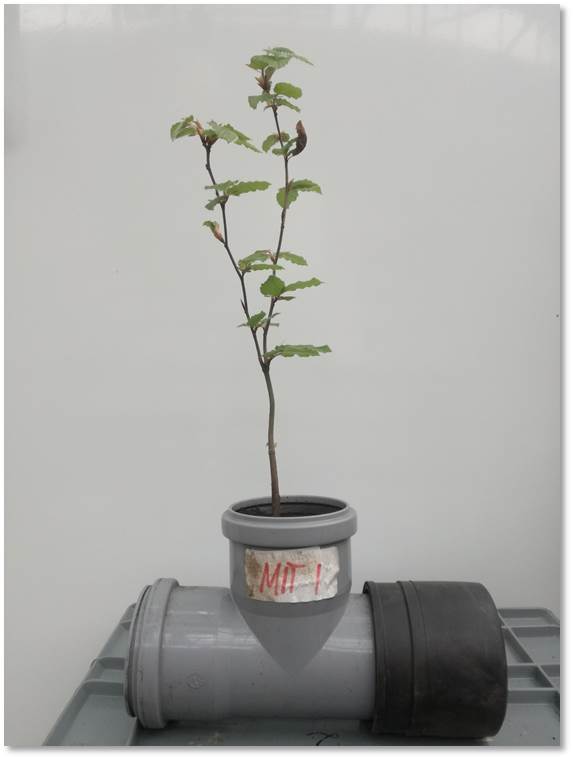Soil microbial necromass as an essential phosphorus reservoir in forest nutrition
The proposed project shall contribute to the research cluster “Distribution, usage, and cycling of P within microbes” as well as to the cluster “Distribution, usage, and cycling of P within vegetation” of SPP 1685. Based on the present understanding of the role of microbially bound P on P storage and fluxes in forest ecosystems, the overarching goal of the proposed project prolongation is to evaluate 1) the role of microbial necromass P (Pnecro) as intermediate P reservoir for plant P nutrition and 2) the significance of this intermediate P reservoir to prevent seasonal P losses from forest ecosystems.
The General hypothesis of SPP 1685 ”P depletion of soils turns forest ecosystems from P acquiring systems (efficient mobilization of P from primary and secondary minerals) into Precyclingsystems (highly efficient cycling of P)” will be be extended by four sub-hypotheses:
1. Microbial necromass P provides an important intermediate reservoir for plant P nutrition. The significance of this reservoir increases with P depletion of the respective forest ecosystem (i.e. is more important in recycling systems compared to acquiring systems).
2. Microbial P pools “buffer” forest ecosystems against P losses e.g. via DOP/DIP leaching and colloidal discharge. DOP speciation in leachates shifts towards more enzyme-stable DOP fractions the higher the microbial uptake and storage function is.
3. The function of microbial necromass P as an intermediate P reservoir against ecosystem P losses is based on an increased P storage within the microbial bio- and necromass during periods of limited plant P uptake.
4. Ecosystem shifts in microbial community structure further enhance intermediate P storage within the microbial biomass: Microbial communities, which are seasonally best adapted to the respective C input to the forest soils (i.e. Gram negative bacteria in spring versus Gram positive bacteria and fungi in autumn) enable a high level of P storage in microbial bio- and necromass.
5. Spatial heterogeneity of total soil P content and/or P speciation results in distinct compartments that differ with respect to their microbial biomass dynamics and the relevance of their microbial necromass P as intermediate P reservoir (e.g. along single tree influence circles).
6. N remobilization from microbial necromass is less variable over time and site compared to P remobilization, since N retention is less affected by soil mineralogy and spatially heterogeneously distributed mineral constituents capable of N immobilization.
By studying the composition, turnover and function of microbial P pools with a special focus on mechanisms contributing to intermediate P sequestration as reservoir for plant P supply, we will show that microbial necromass P plays a major role for plant P nutrition. Our studies will be carried out under controlled conditions in the lab as well as at the experimental sites e.g. MIT, LUE and Achenpass (ACH). Our study will benefit from the recently established combination of classical PLFA analysis via GC-MS (composition of the microbial community) with 33P uptake and incorporation in the same sample to link changes in 33P fluxes into microbial biomass to changes in microbial community structure in soils in situ. This novel approach will offer the unique possibility to link seasonal dynamics of P mobilization from microbial necromass to seasonal variations in microbial community structure and plant P uptake to obtain a complete overview about P allocation pathways controlled by the microbial community in forest ecosystems.


